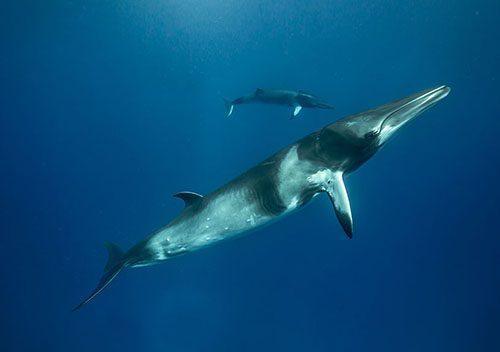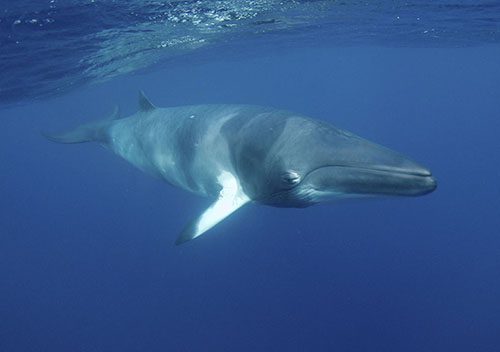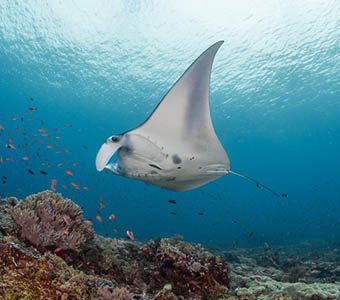Tomorrow is World Oceans Day, and ocean lovers around the world will celebrate in some way, some with underwater and beach cleanups, and others by simply taking a dip in the blue. In Sydney, one of our favourite dive sites, Cabbage Tree Bay, has a double celebration, also celebrating 2o years as a fully protected no-take aquatic reserve.
Diveplanit contributor and award winning photographer Pete McGee shares some photos of his local dive site, which illustrate this success story. The biodiversity here is incredible, with at least five species of shark, over 160 species of fish and 50 species of invertebrates sighted in the bay in recent years. Here’s Pete’s tribute:
What an incredibly intelligent decision it was 20 years ago not to interfere with nature. There was opposition at the time, but over 20 years, people from near and far have appreciated the benefits, not to mention local business and the marine life. I’ve had so many hours of absolute joy and fascination over the years in this little protected gem of a place, and shared moments with many friends. These photos capture some of my most memorable moments. I hope you enjoy them too, and feel inspired to appreciate and protect nature and the environment like me. As Einstein said; “look deep into nature, and then you will understand everything better”.
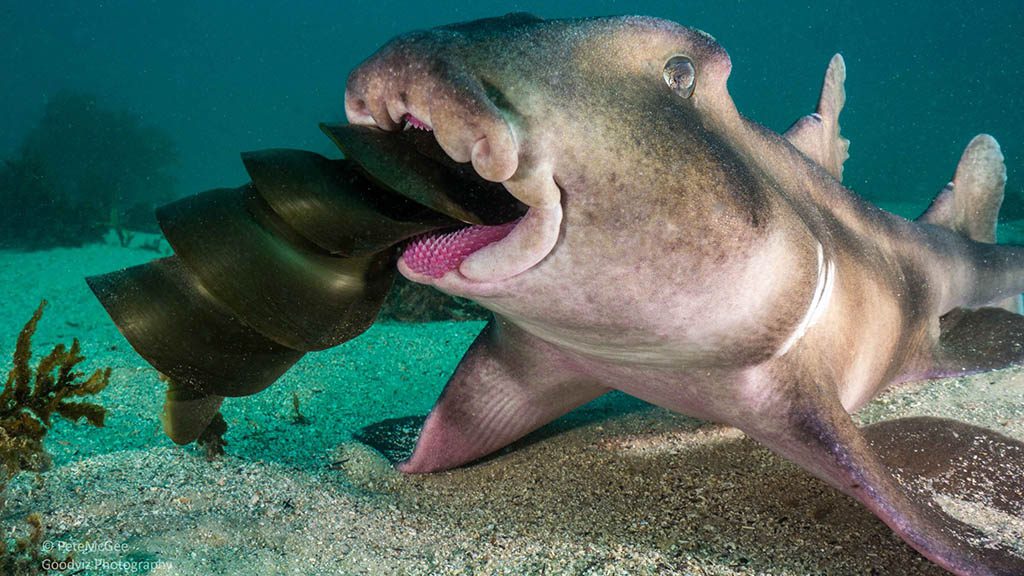
Evil Cousin – Wildlife behaviour can be hard to witness and capture. Fortunately crested horn sharks are fairly tolerant of divers especially when focused on a port jackson shark egg meal. This shot was runner up in the behaviour category of the Australian Geographic Nature Photography competition in 2019.

Dusky whalers have become a reliable seasonal visitor for more than 10 years. I remember counting 69 on a snorkel from Shelly to the Bower a decade ago. I haven’t seen those numbers again but groups of 10 are not uncommon in good years. Yesterday there were a dozen or so cruising about the right side
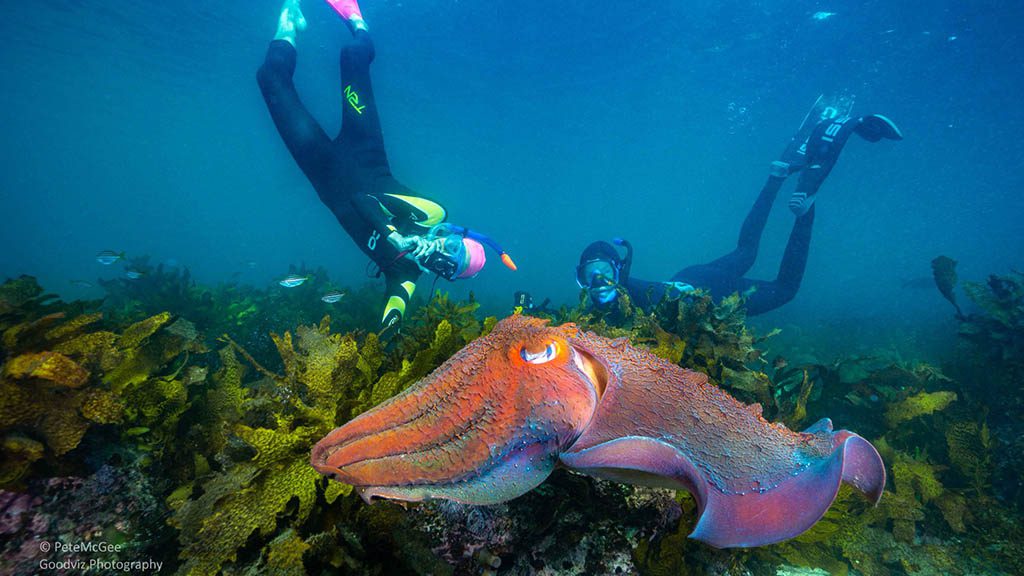
This giant cuttlefish I saw last year was huge! Lucky for me Elaine and Lisa popped down to check it out and give some perspective. Giant cuttlefish are seen in large numbers over the winter, mating season.

Masked Hero – fiddler ray numbers fluctuate through the year and like many animals seem to be more common thanks to the protection of the aquatic reserve. They have beautiful markings and hiding under sand is common. I liked the masked appearance of this one. I think it thought I couldn’t see him.
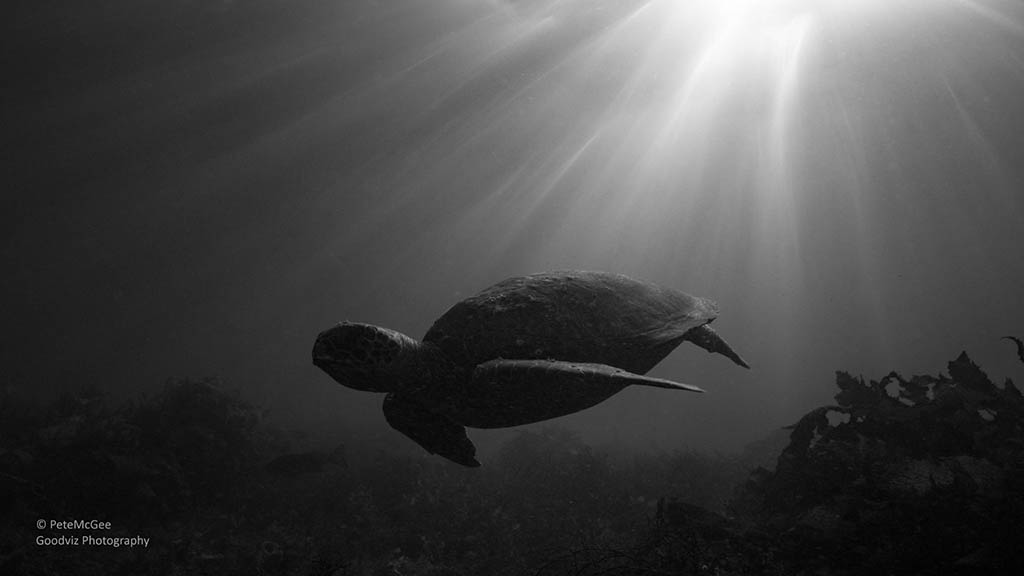
This is Shelly, a green turtle that was rehabilitated and returned with a large tracker on her back. The tracker is gone in this shot but you can still see some glue on the top of the shell if you look carefully. Fortunately a number of turtles have been rescued and nursed back to health by SEA LIFE Sydney Aquarium and Australian Seabird Rescue. Seeing turtles in the bay seems to be quite a common occurrence now and a couple are regulars around the Bower area.
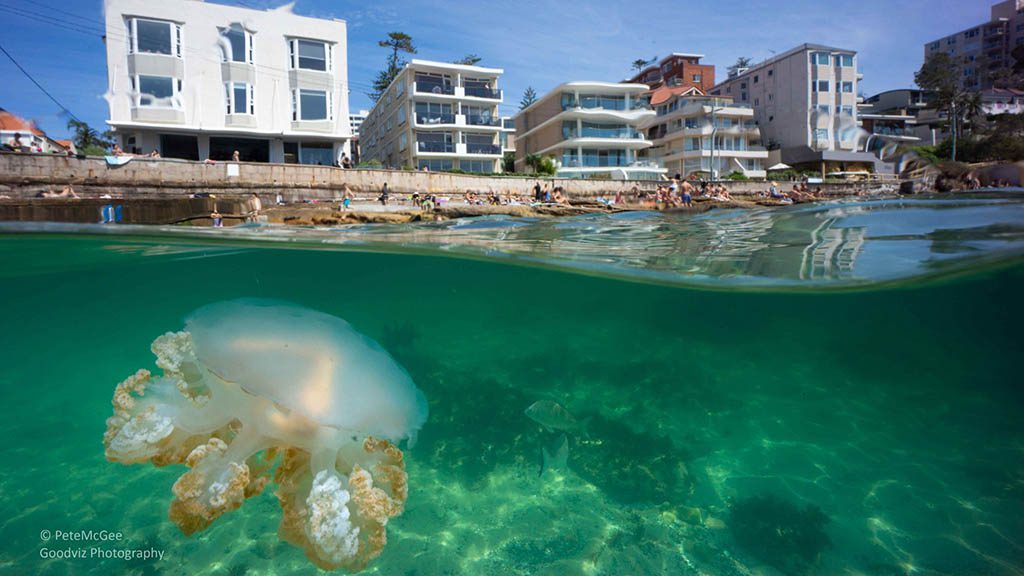
Jellyfish may inherent the earth again one day. Numbers in the bay tend to be low but there was a recent abundance, that the leatherjackets in particular enjoyed. Luckily jellyfish move slowly which is good with split shots like this that are quite hit and miss. I’m using a strobe underwater to throw some additional light on the jellyfish and make it stand out.
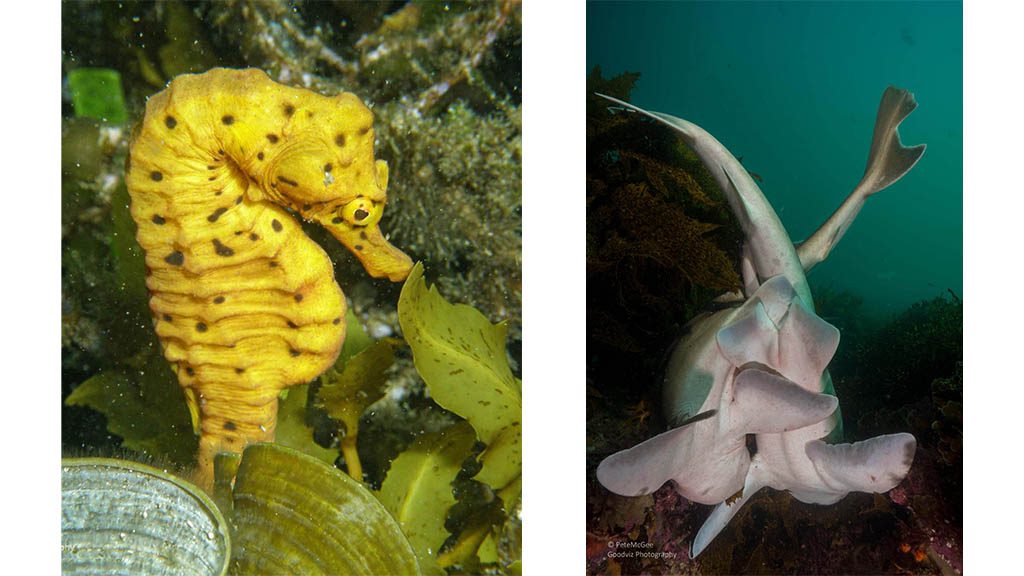
On the left, this is the only seahorse I’ve seen in CTBAR, and it was in 2010. The big-bellied seahorse (hippocampus abdominalis) is common in harbours along the coast. On the right: Sex in the Sea, Port Jackson-style. Port Jackson males are aggressive maters biting the pectoral fin of the female and holding on as you can see here. Doing it upside down was a twist I wasn’t expecting!
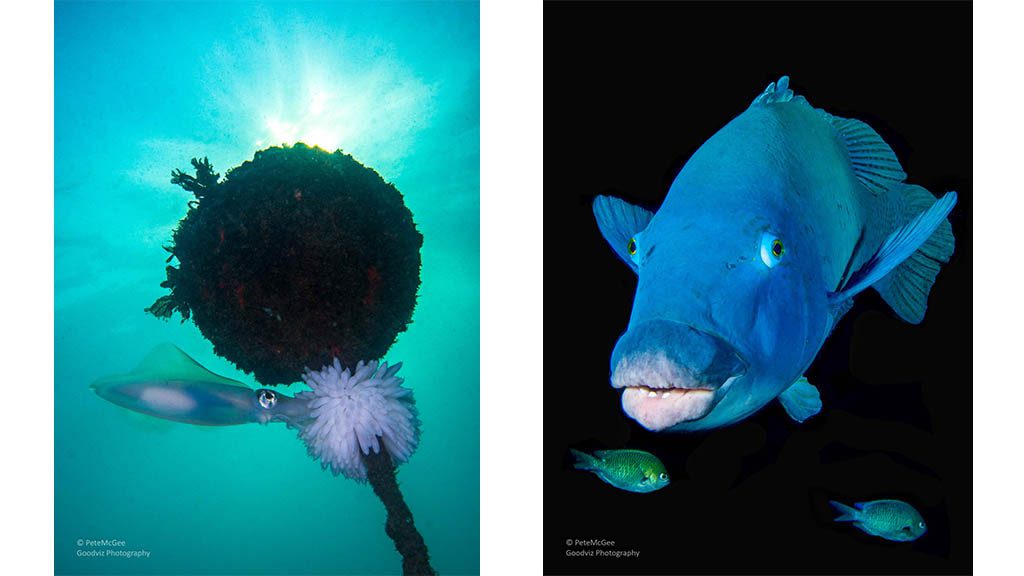
On the left, calamari are frustratingly skittish and near impossible to get close to. This one is placing eggs on an underwater buoy that was in the water out from the Fairy Bower ocean pool in 2015. I realised what was happening and stayed close to the buoy in the hope that the need to continue to place the eggs was more compelling to the squid than the fear of me. Luckily it worked and the squid would place an egg and then retreat, but return a minute later to place another. I just had to wait and watch it all unfold.
On the right, from skittish to the friendliest fish in Cabbage Tree Bay: the eastern. blue groper. Im not sure how many adult male blue gropers there are in the aquatic reserve. I’d take a guess at something between 15 and 30, but it could be 50. I always smile when people say they saw ‘the’ blue groper. He does get around quite a bit.
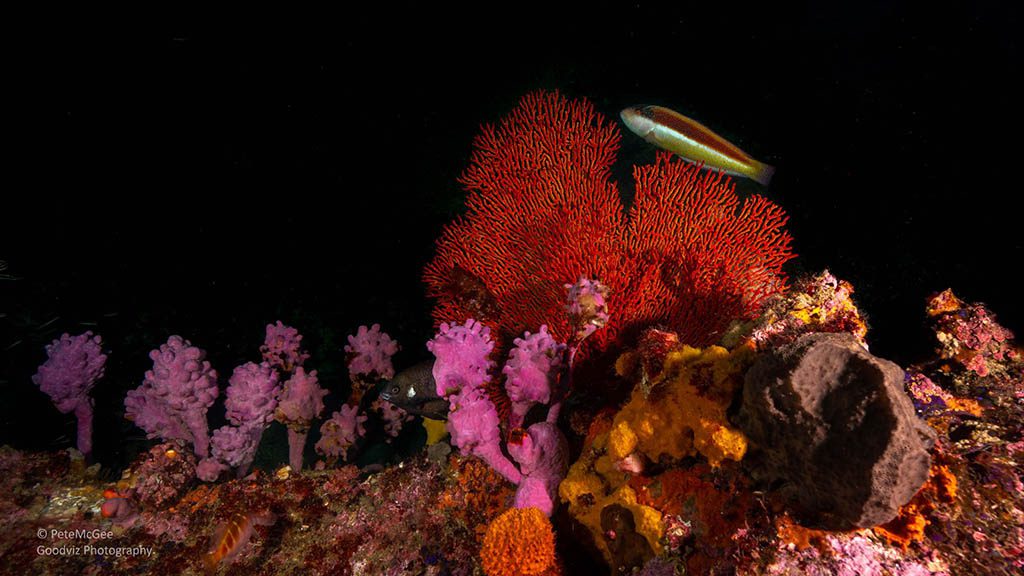
The colours on the deeper sections of reef towards the front of Shelly Headland are just stunning. When the water is clear and conditions calm I love heading out to explore this section that few divers go to.

A fever of cow nose rays. They seem to turn up each year and in fact have been sighted by divers this week. You just have to be lucky. I’ve been lucky twice so far.

Watching giant cuttlefish hunt is pretty special. This one grabbed a luderick just as I got close. Look at the circular marks on the fish from the cuttlefish’s suction cups. Another thing I’ve only seen once.

Gloomy octopus often retreat into rocky crevices or under ledges when approached. Some however soon become confident and extend a curious arm to touch a nearby hand. A brave move that demonstrates the curiosity and intelligence of these cephalopods. If left unchecked an initial tussle can turn into a full camera or hand takeover as these brave little animals grow in confidence.
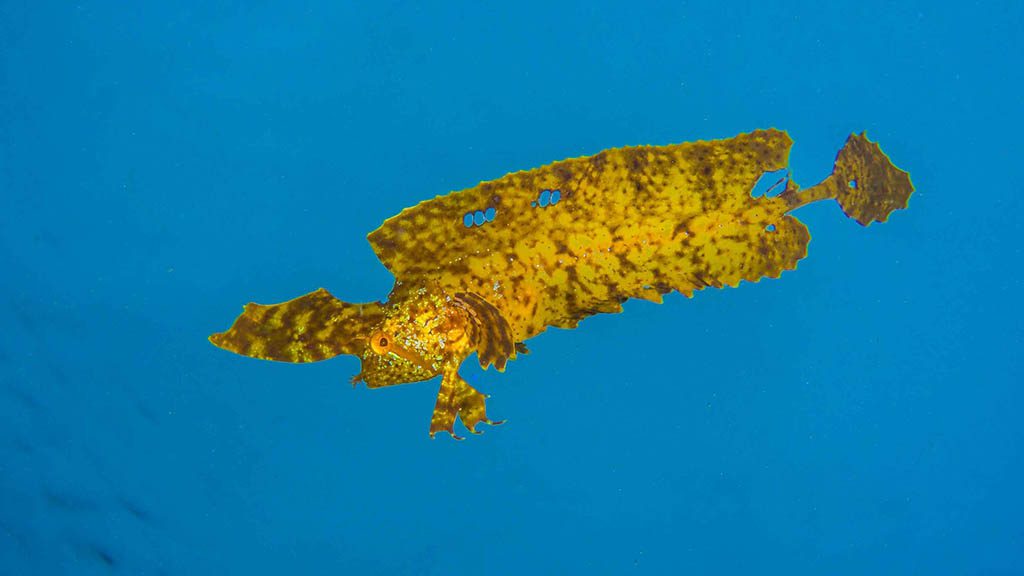
When it comes to camouflage, Golden weedfish are among the best. In the kelp they are virtually invisible. However this one was having a bit of an odd day out on the sand and swimming just above the bottom in the water column in surgey conditions. I doubt I’ll ever see or capture a photo looking skyward with a golden weedfish again. Note the holes in the fins with the blue background showing through.

Cabbage Tree Bay is a natural area for the non-aggressive grey nurse sharks, however they were rarely seen for decades. It has only really been in the last four years or so that they have made a regular reappearance. No doubt a result of the aquatic reserve. This shot was taken on a memorable night dive with dive buddy Jeroen.
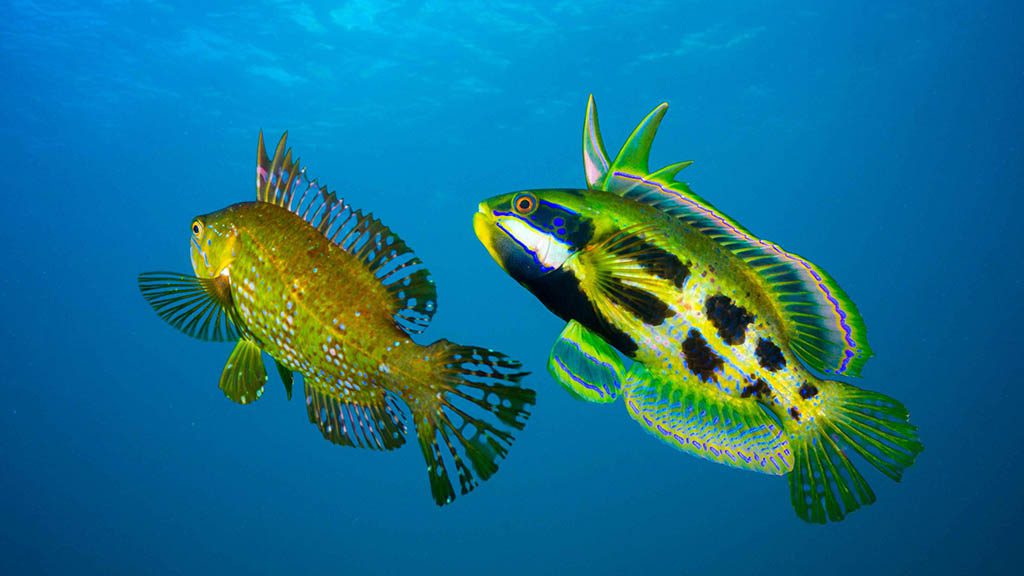
One of the most beautiful and normally shy fish in Cabbage Tree Bay: Rainbow Cale. Behaviour changes in breeding season and these two are on their way up to mate. The female on the left released eggs and the male fertilised them. It was all over in seconds unlike our Port Jackson couple.
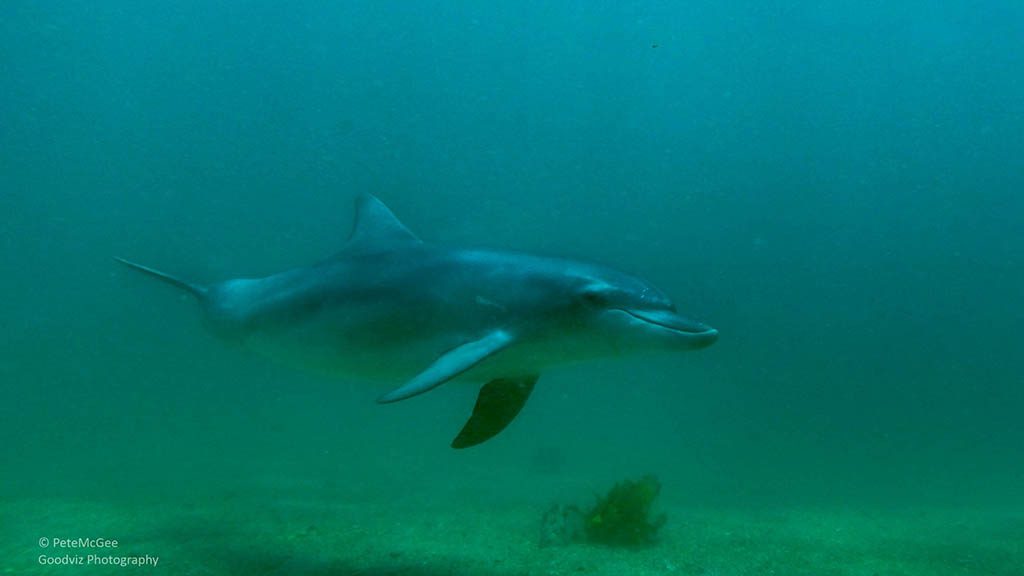
This is Silky the semi-tame dolphin that seemed to crave human attention and was seen at beaches up and down the coast in 2014. There were a couple of days in Cabbage Tree Bay that I’ll always remember.
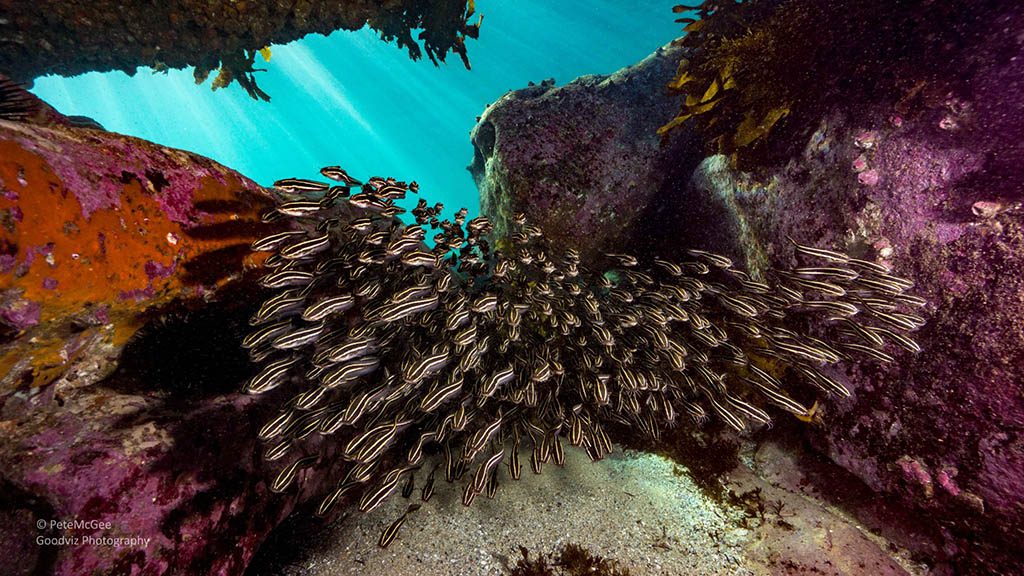
Striped catfish swim in tight balls, the outer individuals maximising feeding opportunities and the inner ones safer from predators. Watching them swirl in tight formation is mesmerising. I’ve seen schools that must have numbered more than a thousand. I love it when they all line up and swim at the camera like this.
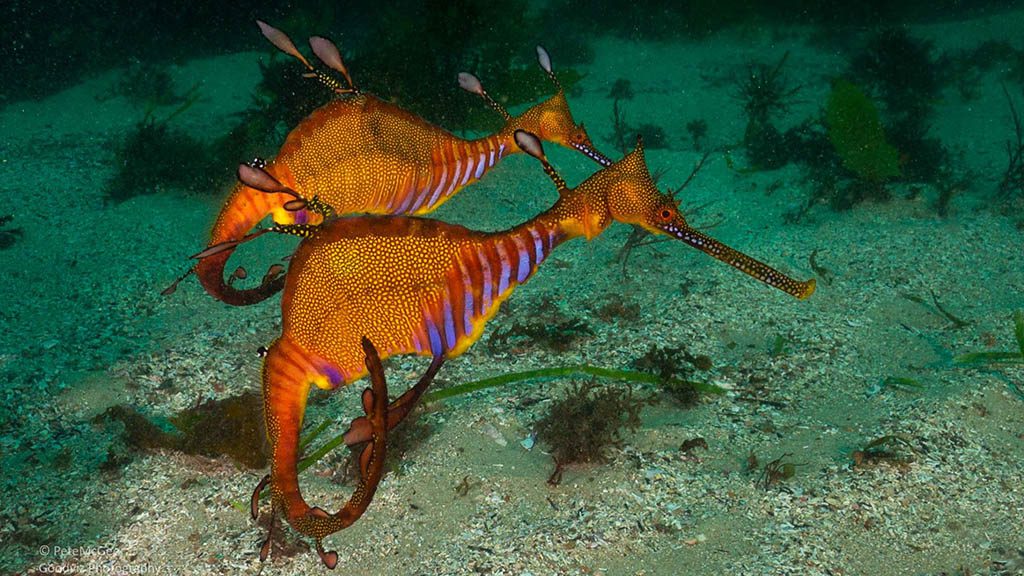
Weedy seadragons are another animal that disappeared from the bay for a number of years before returning a few years ago. I’m not sure why but am glad they are back, although numbers are low and they are vulnerable to various threats. These two were synchronised in their movements, with tails curled up when they are normally extended behind. I assume they were courting although it may be communication for another another purpose.

Wobbegongs are a mainstay of the bay and this spotted wobbegong is the most common shark species. During the day they tend to rest under ledges. The broken concrete pipes at Fairy Bower make a perfect substitute. It is possible to see 8 or more shark species – banded and spotted wobbegongs, crested horn and port jackson sharks, blind, grey nurse, dusky, angel sharks.
To see more of Pete’s underwater imagery, visit his Facebook page Goodviz Photography and follow him on Instagram.

